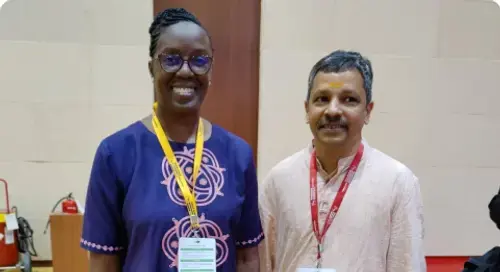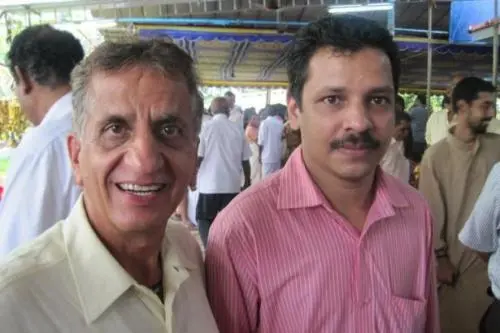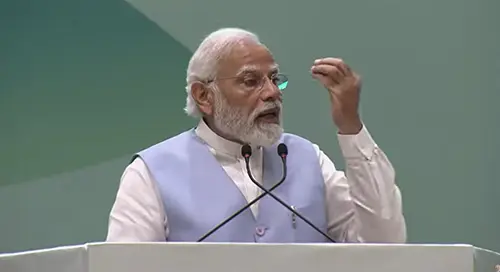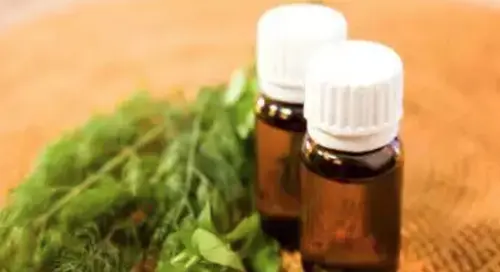Newsroom

Hon. PM Narendra Modi Congratulated the ayurvedic treatment at Sreedhareeyam received by Mrs. Rosemary Odinga. She is the daughter of Former Kenyan Prime Minister, Raila Odinga, and the eye treatment at Sreedhareeyam helped her regain her lost eyesight.
Read More
Ayurvedic eye treatment helped heal my eyes, after Western doctors declared my condition 'untreatable'. Some years ago, I had a cataract operation. At the time, I was overly anxious and excited to have my vision improved. Cataract operations are so routine and quick that I couldn't wait for the results. After the operation, I opened my right eye, expecting 20/20 vision.
Read More
At AYUSH summit, PM Modi tells how Ayurveda helped ex-Kenyan PM’s daughter regain eyesight “It has been a struggle since I lost my vision in 2017. I have been to China and other countries and undergone various treatment modalities like acupuncture. Nothing seemed to have helped,” says Rosemary Odinga, daughter of former Kenyan Prime Minister Raila Odinga.
Read More
Ahead of its foundation day fete on Thursday, CSIR’s National Institute for Interdisciplinary Science and Technology (NIIST) has signed an agreement with Sreedhareeyam Ayurvedics and eye care hospital Koothattukulam for modernization of its Ayurvedic drug manufacturing facility to develop new products for health care application. Currently the company is running a specialized Ayurvedic Eye Hospital and Research Centre as well as a production facility and this collaboration with CSIR NIIST is intended to assure quality and authenticity for the existing products as well as for diversification into the functional foods and neutraceuticals.
Read More
We use cookies that are necessary for the smooth operation of the website, to improve our website and to display advertising relevant to you on social media platforms and partner websites. By clicking "Accept all", you agree to the use of cookies for convenience features and statistics and tracking. You can change these settings again at any time. If you do not agree, we will limit ourselves to technically necessary cookies. For more information, please see our privacy policy .